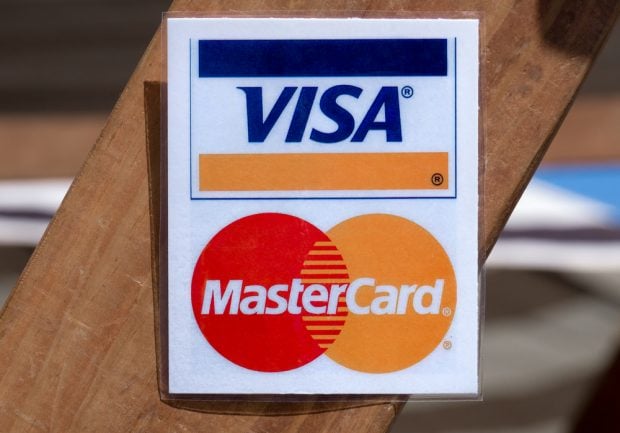Now that U.S. District Judge Richard Leon has invalidated almostall of the Federal Reserve's debit regulations, what might be thenext steps?
|First, lawyers representing the Federal Reserve and the retailassociations which brought the case will have to appear before Leonin his Washington, D.C., courtroom to discuss how long the judgemight stay this week's ruling overturning the current debitregulations and under what conditions the Federal Reserve mightproceed to draw up another rule.
|Related:
- Judge Throws Out Fed's Debit Cap
- CUNA, NAFCU Assail Ruling
- Ruling Could Force CUs to AddProcessors
- Financial Researchers Rate Chances of Appeal
- Judge Gives Fed One More Week
While Leon threw out the existing regulations on Wednesday, hedid not do so immediately, choosing to stay his order pending theFederal Reserve writing another rule.
|Both sides have until a hearing on Aug. 14 to make cases forwhether and for how long the stay should be continued. Leon's onlyrequirement is that the process of writing a new rule must take“months, not years.”
|That's the first opportunity for the decision to bemodified.
|Second, the Federal Reserve and Justice Department will have todecide whether they will appeal the decision. CUNA, NAFCU and othertrade groups were not defendants in the original case and cannotappeal this decision.
|The Indiana University School of Law's Sarah Jane Hughes, anexpert on administrative and payment law, pointed out that whilethe Federal Reserve can be “very persuasive,” it's not clear thatit will succeed in getting the Justice Department to appeal Leon'sdecision.
|“They might decide they don't want to be seen as doing thebidding of the big banks or any number of things,” she pointed out.“We should have a better idea after the meeting on the14th.”
|Should the Justice Department and the Federal Reserve notappeal, the Fed has a number of different ways it could approach anew rule in months rather than years, Hughes said.
|She observed that the time between the signing of the Dodd-Franklaw and the publishing of the first proposed rule had itself been amatter of months, from July to December 2010 and, presumably, theFederal Reserve would not have to start the process over again fromthe beginning, thus cutting the time line significantly.
|Or, the Federal Reserve might choose to use a regulatory shortcut, the legal scholar said.
|“It's possible the Fed could use an Interim Final Rule whichwould let the key aspects of a new rule be put into place in themeantime and then come back and make changes,” Hughessaid, based on comments and other factors for the lastversion of the final rule.
|But whatever the Federal Reserve does, Hughes was skeptical thatits action would end the matter. It was possible, she pointedout, for the retailers to dislike what the Fed did and sue again,and the issuers, whether credit unions or banks, also can sue ifthey don't like the Fed's new rule.
|“It's very possible this could run for some time,” sheadded.
Complete your profile to continue reading and get FREE access to CUTimes.com, part of your ALM digital membership.
Your access to unlimited CUTimes.com content isn’t changing.
Once you are an ALM digital member, you’ll receive:
- Critical CUTimes.com information including comprehensive product and service provider listings via the Marketplace Directory, CU Careers, resources from industry leaders, webcasts, and breaking news, analysis and more with our informative Newsletters.
- Exclusive discounts on ALM and CU Times events.
- Access to other award-winning ALM websites including Law.com and GlobeSt.com.
Already have an account? Sign In
© 2024 ALM Global, LLC, All Rights Reserved. Request academic re-use from www.copyright.com. All other uses, submit a request to [email protected]. For more information visit Asset & Logo Licensing.









